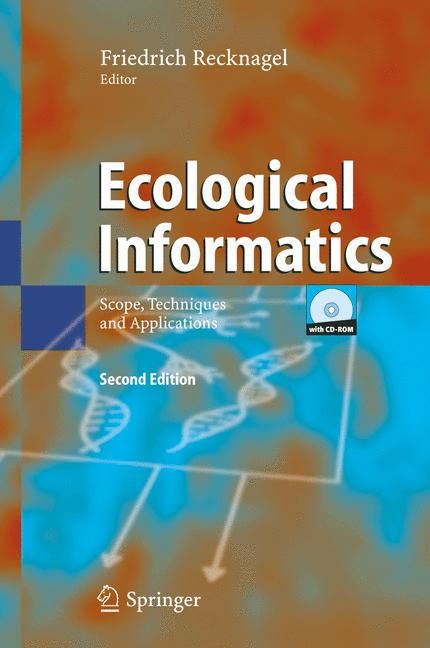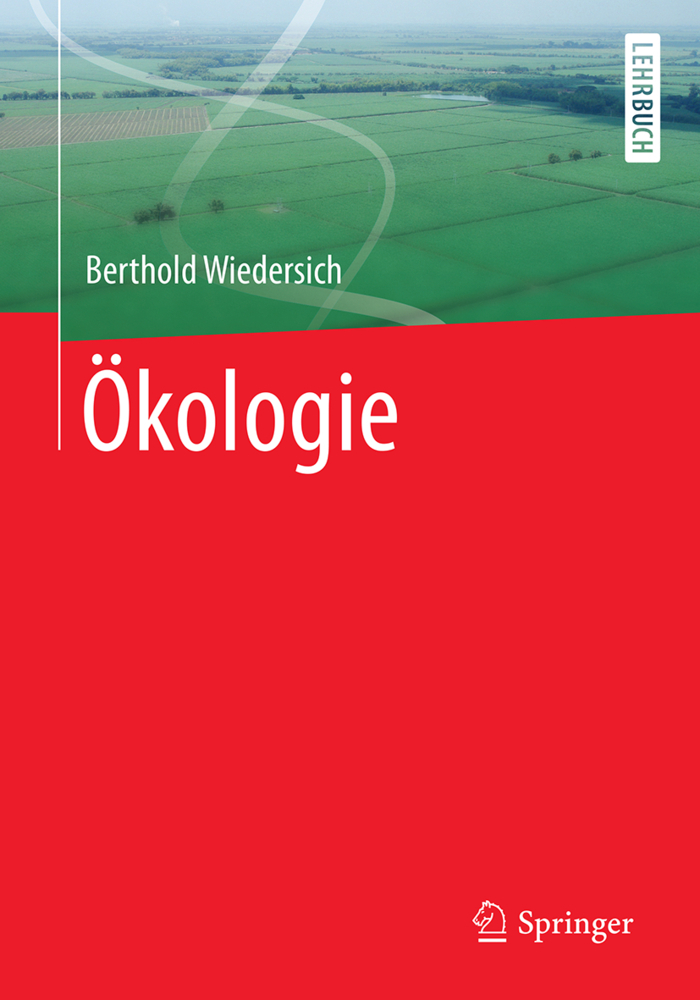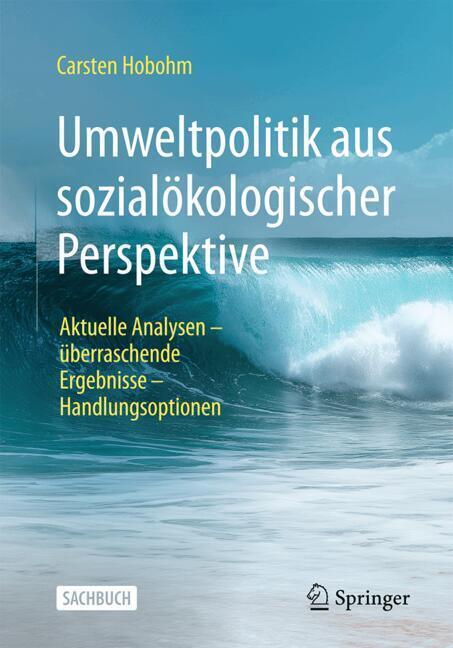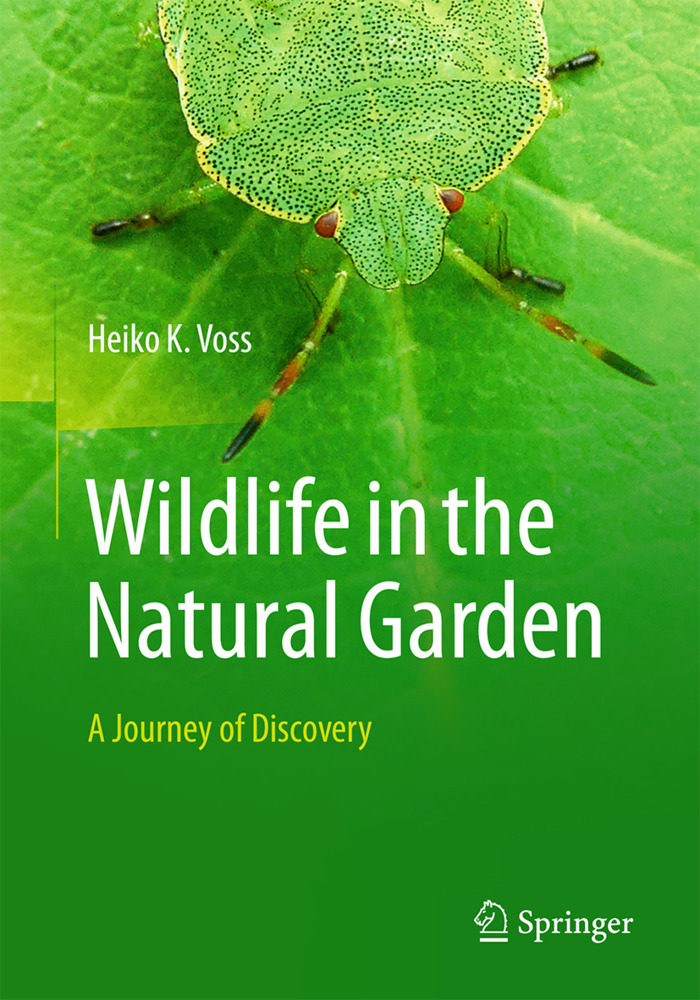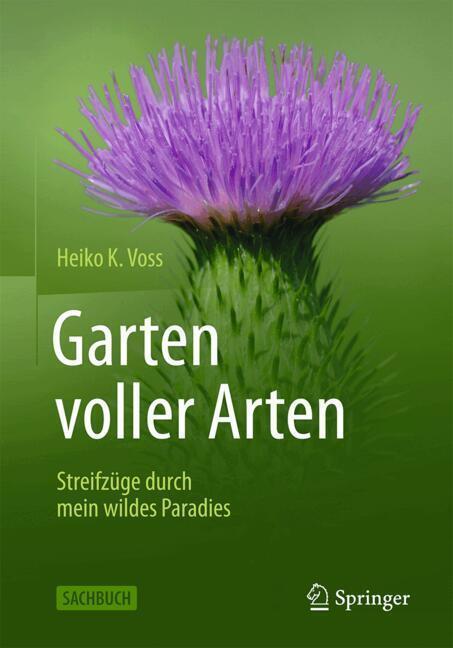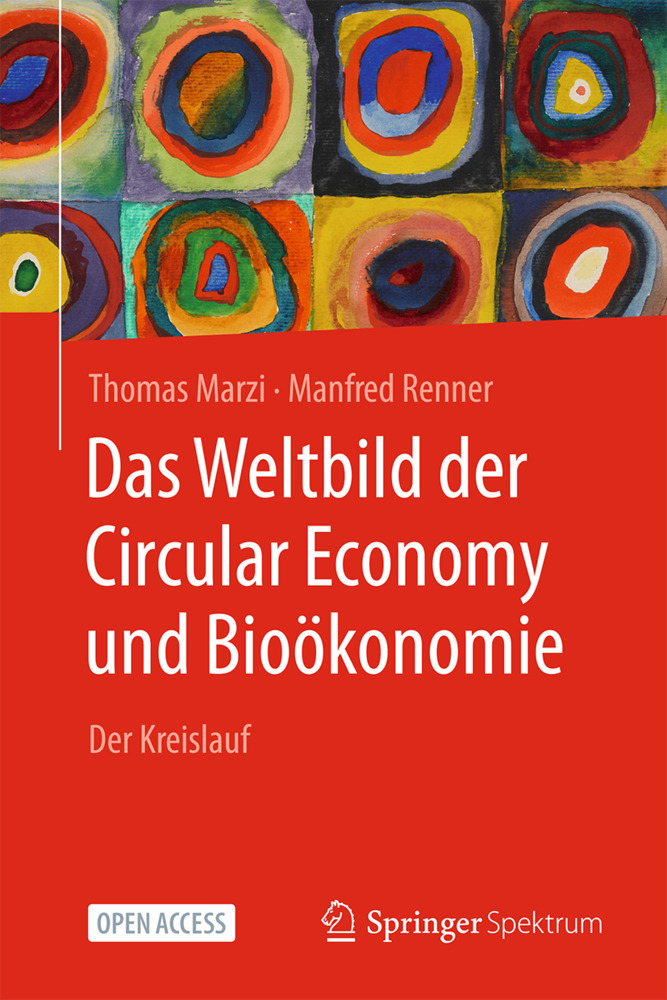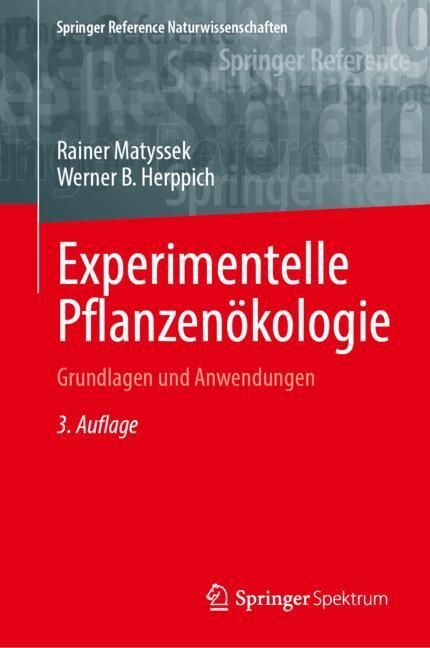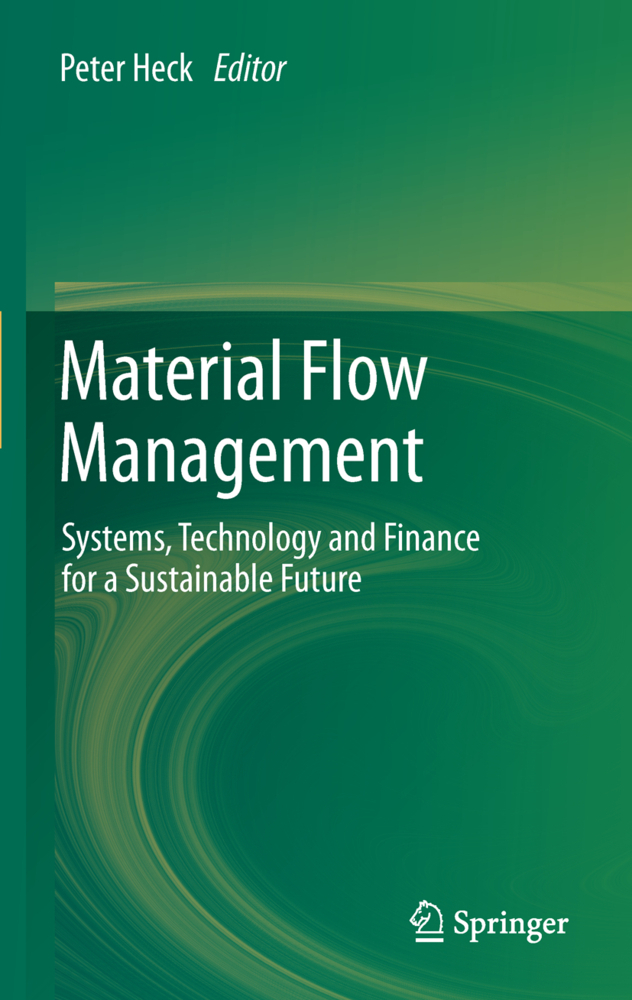Ecological Informatics
Understanding Ecology by Biologically-Inspired Computation
Ecological Informatics
Understanding Ecology by Biologically-Inspired Computation
Ecological Informatics promotes interdisciplinary research between ecology and computer science on elucidation of principles of information processing in ecosystems, ecological sustainability by informed decision making, and bio-inspired computation. The 2nd edition of the book consolidates the scope, concepts, and techniques of this newly emerging discipline by a new preface and additional chapters on cellular automata, qualitative reasoning, hybrid evolutionary algorithms and artificial neural networks. It illustrates numerous applications of Ecological Informatics for aquatic and terrestrial ecosystems, image recognition at micro- and macro-scale as well as computer hardware design.
Case studies focus on applications of artificial neural networks, evolutionary computation, cellular automata, adaptive agents, fuzzy logic as well as qualitative reasoning.
The 2nd edition of the book includes an index with novel evolutionary algorithms for the discovery of multiple nonlinear functions and rule sets as well as parameter optimisation in complex ecological data.
Ecological Applications of Non-supervised Artificial Neural Networks
Ecological Applications of Genetic Algorithms
Ecological Applications of Evolutionary Computation
Ecological Applications of Adaptive Agents
Bio-Inspired Design of Computer Hardware by Self-Replicating Cellular Automata
Prediction and Elucidation of Stream Ecosystems
Development and Application of Predictive River Ecosystem Models Based on Classification Trees and Artificial Neural Networks
Modelling Ecological Interrelations in Running Water Ecosystems with Artificial Neural Networks
Non-linear Approach to Grouping, Dynamics and Organizational Informatics of Benthic Macroinvertebrate Communities in Streams by Artificial Neural Networks
Elucidation of Hypothetical Relationships between Habitat Conditions and Macroinvertebrate Assemblages in Freshwater Streams by Artificial Neural Networks
Prediction and Elucidation of River Ecosystems
Prediction and Elucidation of Population Dynamics of the Blue-green Algae Microcystis aeruginosa and the Diatom Stephanodiscus hantzschii in the Nakdong River-Reservoir System (South Korea) by a Recurrent Artificial Neural Network
An Evaluation of Methods for the Selection of Inputs for an Artificial Neural Network Based River Model
Utility of Sensitivity Analysis by Artificial Neural Network Models to Study Patterns of Endemic Fish Species
Prediction and Elucidation of Lake and Marine Ecosystems
A Comparison between Neural Network Based and Multiple Regression Models for Chlorophyll-a Estimation
Artificial Neural Network Approach to Unravel and Forecast Algal Population Dynamics of Two Lakes Different in Morphometry and Eutrophication
Hybrid Evolutionary Algorithm for Rule Set Discovery in Time-Series Data to Forecast and Explain Algal Population Dynamics in Two Lakes Different in Morphometry and Eutrophication
Multivariate Time Series Prediction of Marine Zooplankton by Artificial Neural Networks
Classification of Fish Stock-Recruitment Relationships in Different Environmental Regimes by Fuzzy Logic with Bootstrap Re-sampling Approach
Computational Assemblage of Ordinary Differential Equations for Chlorophyll-a Using a Lake Process Equation Library and Measured Data of Lake Kasumigaura
Classification of Ecological Images at Micro and Macro Scale
Identification of Marine Microalgae by Neural Network Analysis of Simple Descriptors of Flow Cytometric Pulse Shapes
Age Estimation of Fish Using a Probabilistic Neural Network
Pattern Recognition and Classification of Remotely Sensed Images by Artificial Neural Networks.
Case studies focus on applications of artificial neural networks, evolutionary computation, cellular automata, adaptive agents, fuzzy logic as well as qualitative reasoning.
The 2nd edition of the book includes an index with novel evolutionary algorithms for the discovery of multiple nonlinear functions and rule sets as well as parameter optimisation in complex ecological data.
Ecological Applications of Fuzzy Logic
Ecological Applications of Qualitative ReasoningEcological Applications of Non-supervised Artificial Neural Networks
Ecological Applications of Genetic Algorithms
Ecological Applications of Evolutionary Computation
Ecological Applications of Adaptive Agents
Bio-Inspired Design of Computer Hardware by Self-Replicating Cellular Automata
Prediction and Elucidation of Stream Ecosystems
Development and Application of Predictive River Ecosystem Models Based on Classification Trees and Artificial Neural Networks
Modelling Ecological Interrelations in Running Water Ecosystems with Artificial Neural Networks
Non-linear Approach to Grouping, Dynamics and Organizational Informatics of Benthic Macroinvertebrate Communities in Streams by Artificial Neural Networks
Elucidation of Hypothetical Relationships between Habitat Conditions and Macroinvertebrate Assemblages in Freshwater Streams by Artificial Neural Networks
Prediction and Elucidation of River Ecosystems
Prediction and Elucidation of Population Dynamics of the Blue-green Algae Microcystis aeruginosa and the Diatom Stephanodiscus hantzschii in the Nakdong River-Reservoir System (South Korea) by a Recurrent Artificial Neural Network
An Evaluation of Methods for the Selection of Inputs for an Artificial Neural Network Based River Model
Utility of Sensitivity Analysis by Artificial Neural Network Models to Study Patterns of Endemic Fish Species
Prediction and Elucidation of Lake and Marine Ecosystems
A Comparison between Neural Network Based and Multiple Regression Models for Chlorophyll-a Estimation
Artificial Neural Network Approach to Unravel and Forecast Algal Population Dynamics of Two Lakes Different in Morphometry and Eutrophication
Hybrid Evolutionary Algorithm for Rule Set Discovery in Time-Series Data to Forecast and Explain Algal Population Dynamics in Two Lakes Different in Morphometry and Eutrophication
Multivariate Time Series Prediction of Marine Zooplankton by Artificial Neural Networks
Classification of Fish Stock-Recruitment Relationships in Different Environmental Regimes by Fuzzy Logic with Bootstrap Re-sampling Approach
Computational Assemblage of Ordinary Differential Equations for Chlorophyll-a Using a Lake Process Equation Library and Measured Data of Lake Kasumigaura
Classification of Ecological Images at Micro and Macro Scale
Identification of Marine Microalgae by Neural Network Analysis of Simple Descriptors of Flow Cytometric Pulse Shapes
Age Estimation of Fish Using a Probabilistic Neural Network
Pattern Recognition and Classification of Remotely Sensed Images by Artificial Neural Networks.
Recknagel, Friedrich
| ISBN | 9783540283836 |
|---|---|
| Artikelnummer | 9783540283836 |
| Medientyp | Buch |
| Auflage | 2nd ed. |
| Copyrightjahr | 2006 |
| Verlag | Springer, Berlin |
| Umfang | XXXVI, 496 Seiten |
| Abbildungen | w. 96 figs. |
| Sprache | Englisch |

